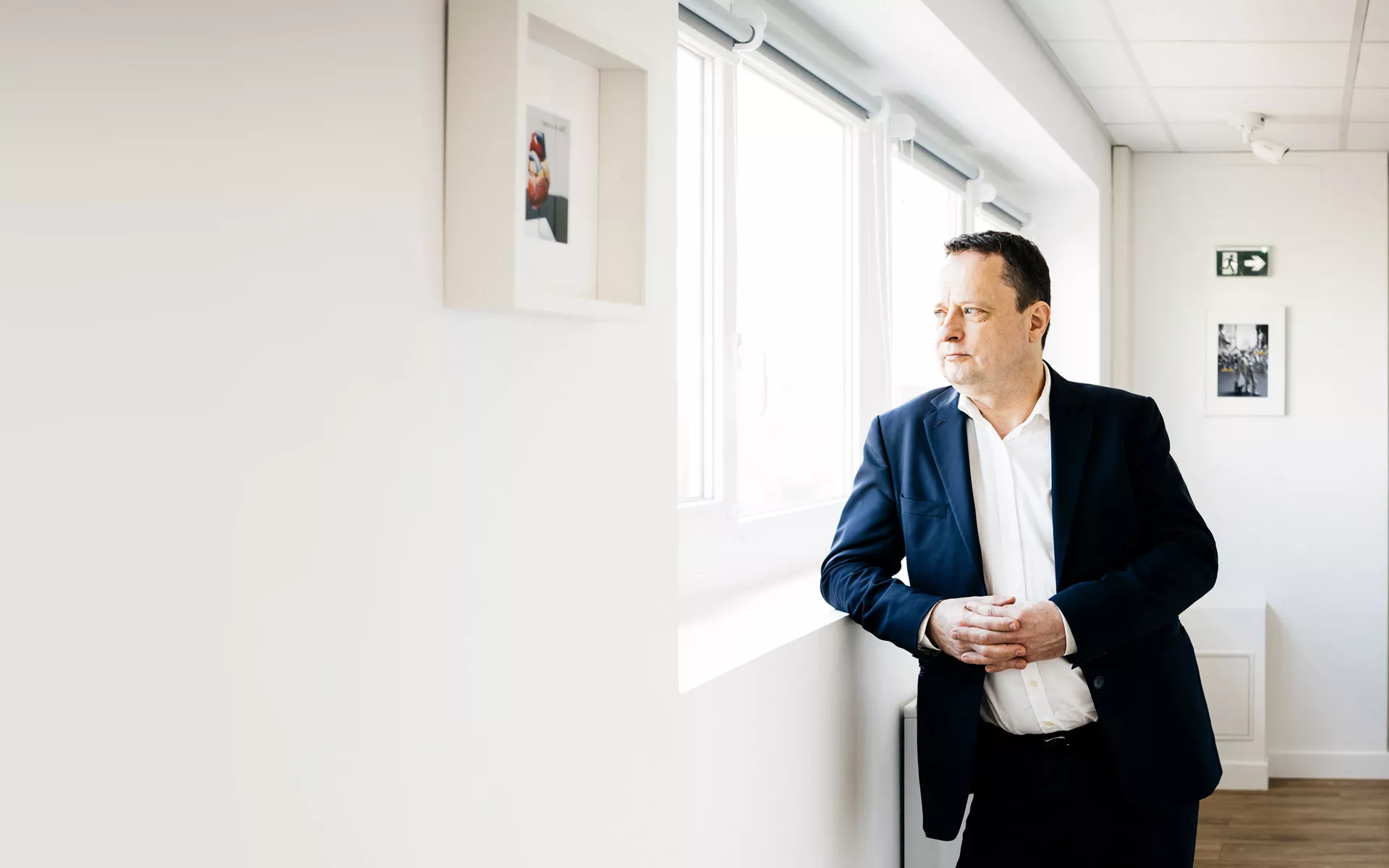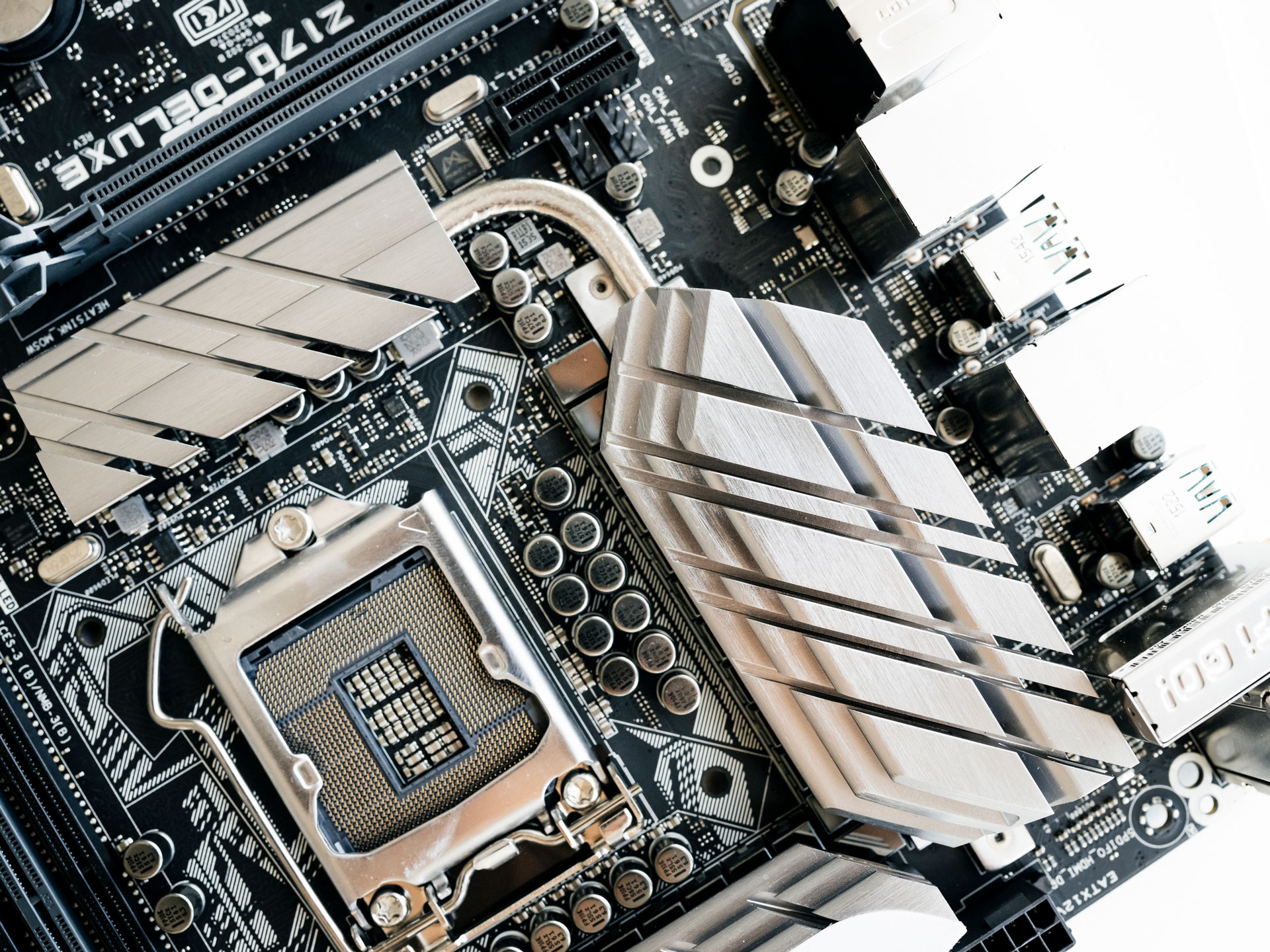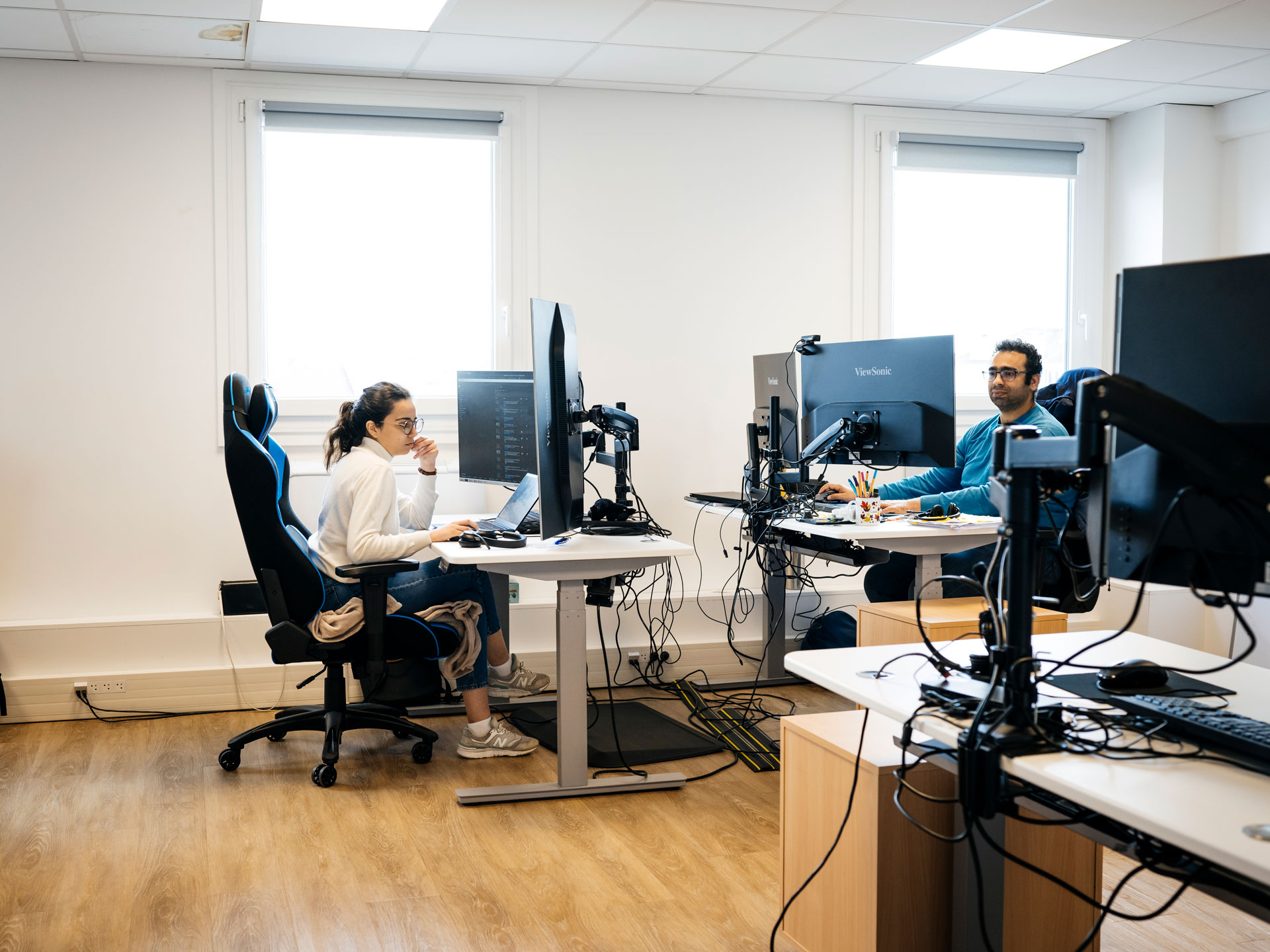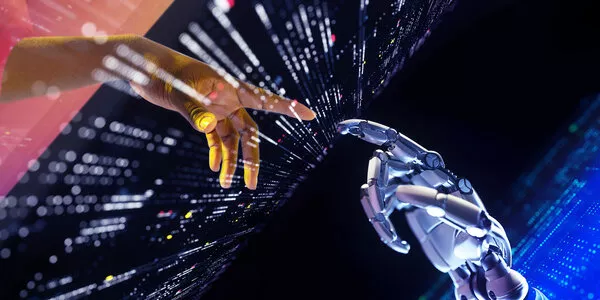
Philippe Notton, plugging the microprocessor back into Europe
What are the uses and applications of microprocessors dedicated to supercomputers?
Supercomputers have incredible computing power. They are crucial in solving strategic questions in medical research, the fight against climate change or security. In the field of health, they allow for the creation of virtual twins in order to personalise treatments or accelerate basic research. In the automotive sector, they can replace real crash tests due to digital automotive modelling. These are just a few examples, because this disruptive technology is having a revolutionary impact across many sectors: the calculation of high-resolution climate models, modelling and digital simulation to optimise drilling techniques in oil prospecting or training algorithms for data-intensive machine learning...

The Rhea microprocessor is capable of processing huge volumes of data in a fraction of a second, with reduced power consumption.
“Bringing Rhea to market will be a decisive step for Europe’s technological sovereignty.”
Does this technology have a geopolitical role to play?
Faced with the magnitude of the current geopolitical challenges, a real global technological race is underway to develop the all-important core of supercomputers: high-performance microprocessors. Today, the market is dominated by the United States which produces almost all the microprocessors intended for these supercomputers. While it consumes more than a third of the world’s high-performance computing power, Europe produces less than 5% of the resources supplying it and to date not a single European supercomputer is powered by a European microprocessor. Fortunately, the situation is now changing.
Indeed, you are supported by Europe. How can this technology contribute to European independence?
The European Union has understood the need to have its own supercomputing capacity. In 2018, Europe launched the EuroHPC programme (Enterprise for European High Performance Computing), with the aim to deploy world class supercomputing infrastructure in Europe, with a budget of 8 billion euros. Since then, a real revolution has been underway in the European supercomputer ecosystem, with it now possessing two out of the four most powerful supercomputers in the world: Lumi in Finland and Leonardo in Italy. And soon, Rhea, our high-performance, low-power microprocessor will be equipping European supercomputers.
In what way is this a significant innovation?
In addition to remarkable computing power (equivalent to more than two million laptops’ worth), this 70 millimetre by 70 millimetre microprocessor is less energy-consuming. This makes it possible to halve the energy consumption for the same equivalent computing power. Our microprocessor is made up of around sixty high-performance computing cores. The closer the memory cores are to the computing cores, the faster the data travels and so the less energy you consume. This performance was possible thanks to Arm, our technology partner. Another key advantage of Rhea is its ability to work with any third-party accelerator, such as graphics processing units (GPUs), chips specialised in artificial intelligence or even quantum accelerators.
You have just entered a new development stage...
Indeed, our innovation activity requires years of R&D and a budget of approximately 150 million euros. This is why, in April 2023, we carried out a fund-raiser. This will facilitate the marketing of Rhea to equip the first European supercomputers in early 2024. These funds will allow us to start the production of our microprocessor in the TMSC factory in Taiwan, because its production costs will be considerable. TMSC accounts for 80% of the world’s microprocessor manufacturing capacity and to date only TMSC in Taiwan and Samsung in South Korea have mastered the finesse of the Rhea 6 nanometre engraving process.

SiPearl is based in France, Germany and Spain.
The sector as a whole is facing a shortage of engineers: is this a concern for you?
This fundraising round will allow us to grow, going from 130 employees today to 1,000 by the end of 2025. This is certainly a major challenge in the current context of a shortage of engineers, particularly in semiconductors. To convince people to join us, we have solid strengths: our R&D sites are located in France, Germany and Spain, thus offering a wide choice of workplaces. Our project represents the opportunity to participate in a strategic project for an independent Europe. I am convinced that the prospect of individually contributing to the development of meaningful technology is a real recruitment engine, especially for young people. It is a technology that will bring major environmental, social and societal benefits, like improving health, designing a more powerful and fairer artificial intelligence or even preventing weather risks.
And what about the future?
We are happy to be one of the major players in the emergence of a real European microprocessor industry, with job creation and technology that is 100% under control. After the commercialisation of Rhea in 2024 on the EuroHPC market and then worldwide, our ambition is to develop a whole range of microprocessors to eventually become the benchmark for complex digital components in Europe.
Career of an electronics enthusiast
For Philippe Notton, a graduate of Centrale Supélec, electronics is a vocation that guided him until the creation of SiPearl in 2019.
When he joined Thomson in 1994 to learn the trade, he wanted to assemble electronic boards and solder components. Then he joined Canal+ in 1997, as a System Team Manager. A particularly exciting experience, Canal+ was at the time the leader in the launching of digital TV. Philippe Notton then spent nine years at MStar Semiconductor, a Taiwanese start-up sold to MediaTek. He was then part of the European team that brought MStar to digital television. In 2015, he joined STMicroelectronics in Grenoble and took over the Consumer Electronics Products division. But two years later, STMicroelectronics withdrew from the digital domain.
This was a decisive moment in the career of Philippe Notton because he then decided to launch his microprocessor business. A risky bet, but an obvious one given the growing needs for high-performance computing. When the European Commission launched a call for tenders for the creation of a European supercomputer, he joined Atos, coordinator of the European Processor Initiative (EPI) consortium to promote the return of high-performance microprocessor technologies to Europe. A year and a half later the EPI consortium was founded, with the support of the European Union and 80 million Euros. Philippe Notton then took the industrial risk of developing the first European and sovereign microprocessor dedicated to high-performance computing by creating SiPearl in June 2019.

By
Stéphanie Livingstone-Wallace
A freelance designer and copywriter for more than 15 years,
Stéphanie Livingstone-Wallace writes for multiple communication channels, and specialises in the energy transition, transport and logistics, education, finance and health.

Images
Manon Riff-Sbrugnera
Manon Riff-Sbrugnera works on press and corporate as well as personal projects. She has a unique perspective on her environment and the people she meets.





